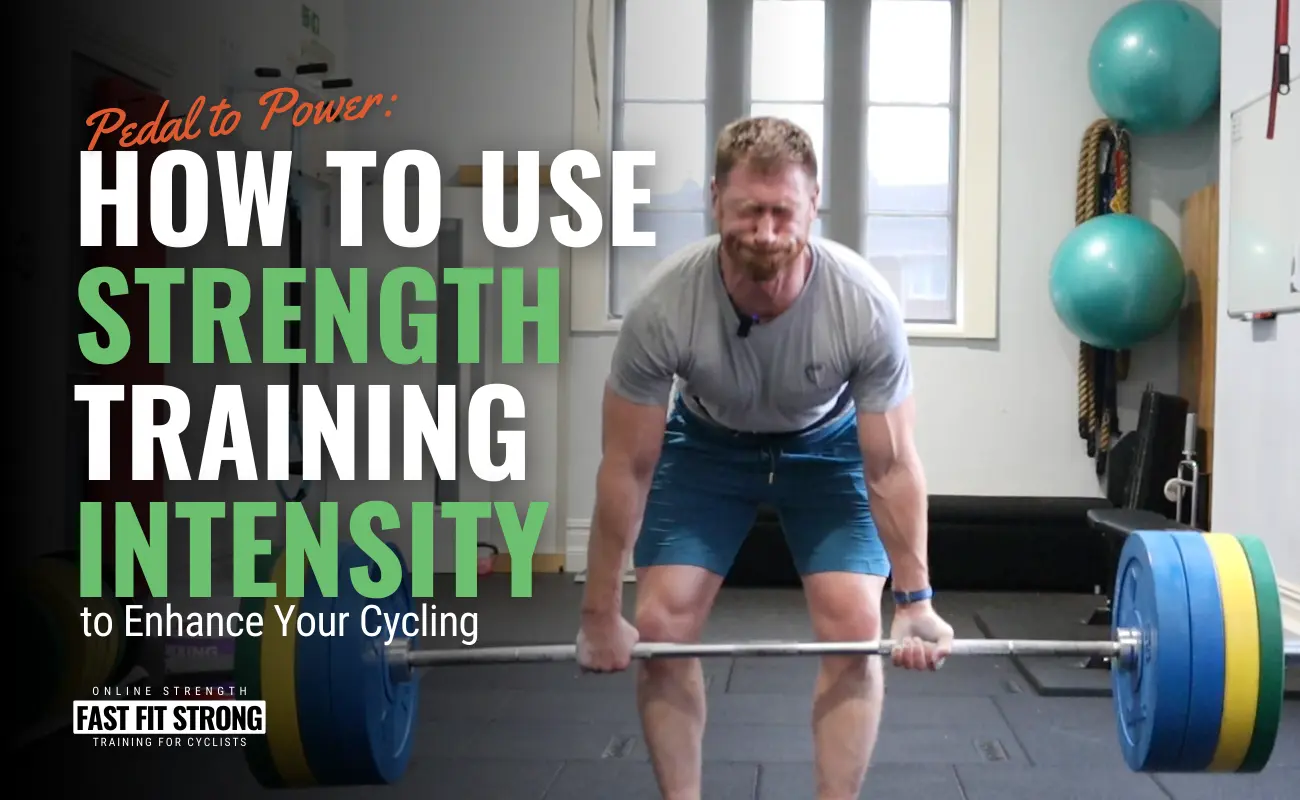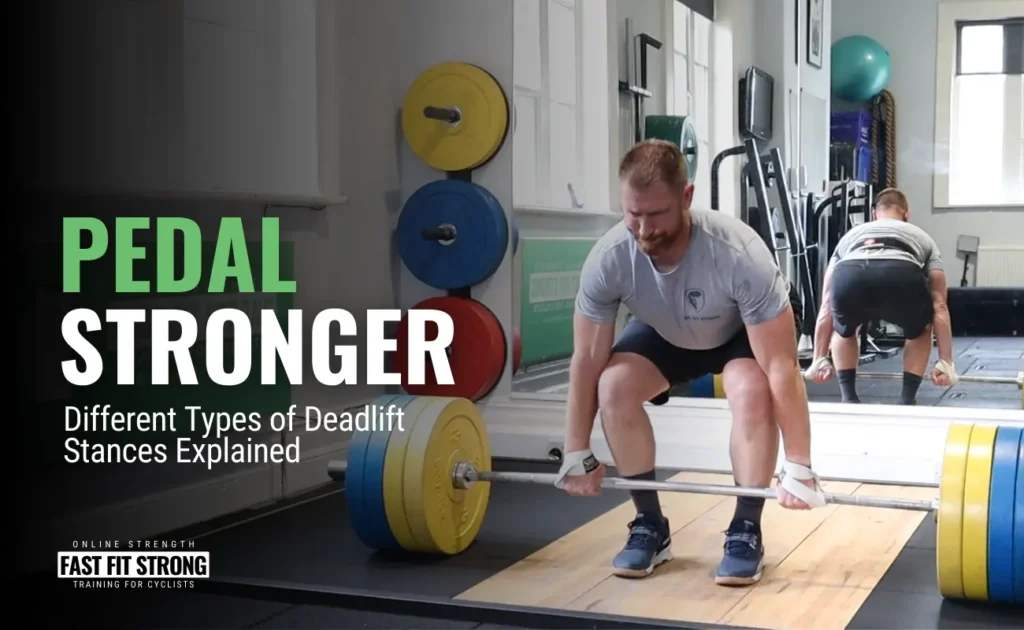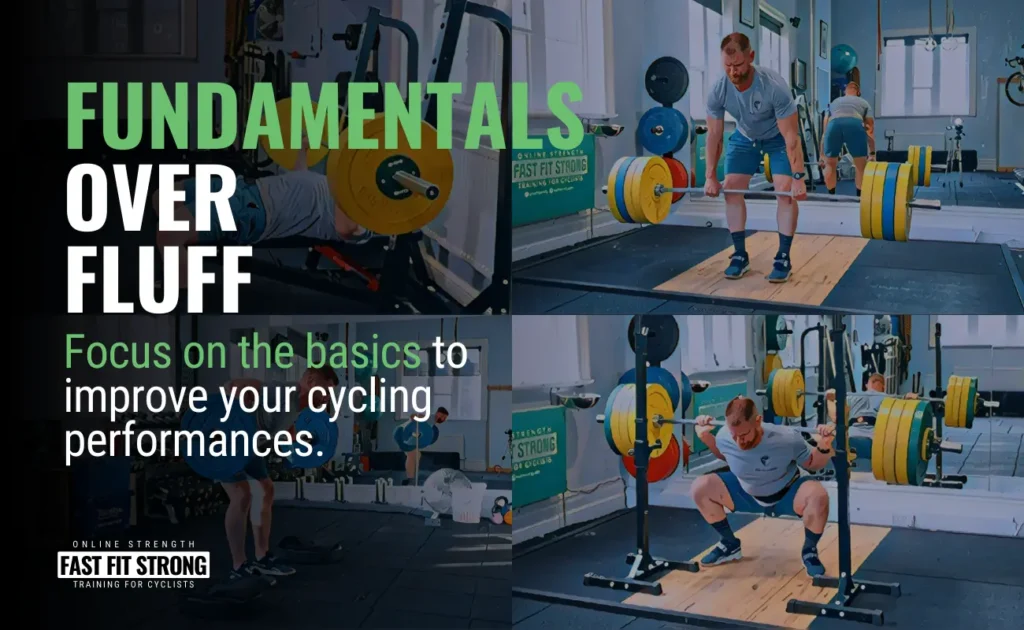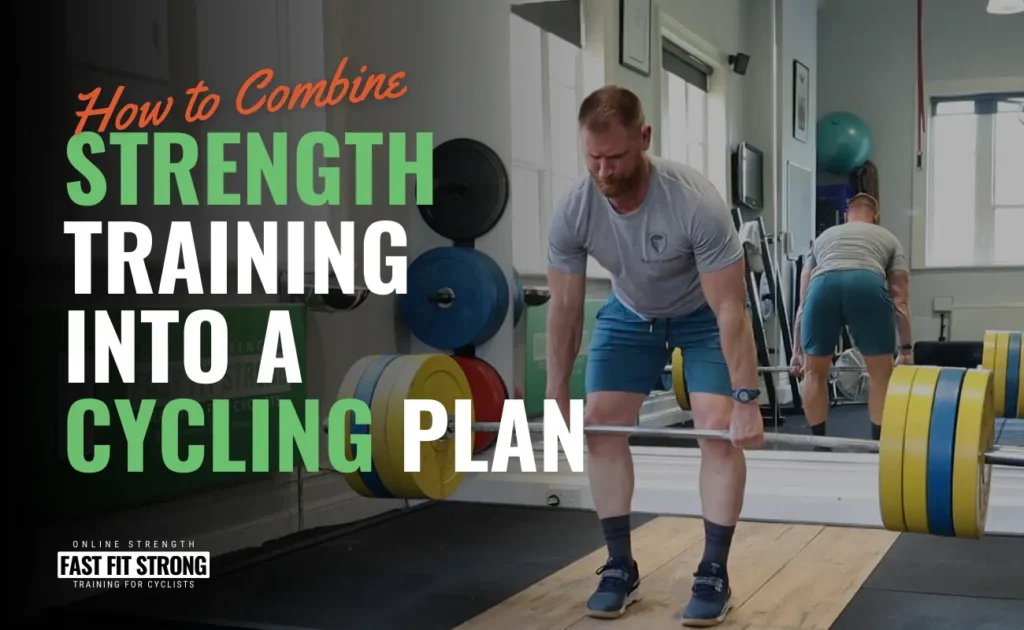Introduction
As a cyclist, you understand the importance of strength training to improve your performance.
However, the term “strength training intensity” might sound intimidating, and you might wonder what it means and how it affects your training. In this article, I’ll dive into the topic of strength training intensity and provide you with the knowledge so you can use it to take your cycling training to the next level.
What is strength training intensity?
Strength training intensity refers to the amount of resistance or weight used during a training session. It is a key component of any strength training program and can have a significant impact on the results you achieve. In this section, we will explore the importance of strength training intensity, its role in strength development, and its impact on injury prevention, with a focus on how it relates to cycling.
Defining strength training intensity:
Strength training intensity is typically expressed as a percentage of your one-rep maximum (1RM), which is the maximum amount of weight you can lift for one repetition with good form.
The intensity of a given exercise is often described as a percentage of your 1RM, with higher percentages indicating greater intensity. For example, if you can lift 100 kilogrammes for one repetition, lifting 50 kilogrammes would be considered a lower-intensity exercise, while lifting 90 kilogrammes would be considered a higher-intensity exercise.
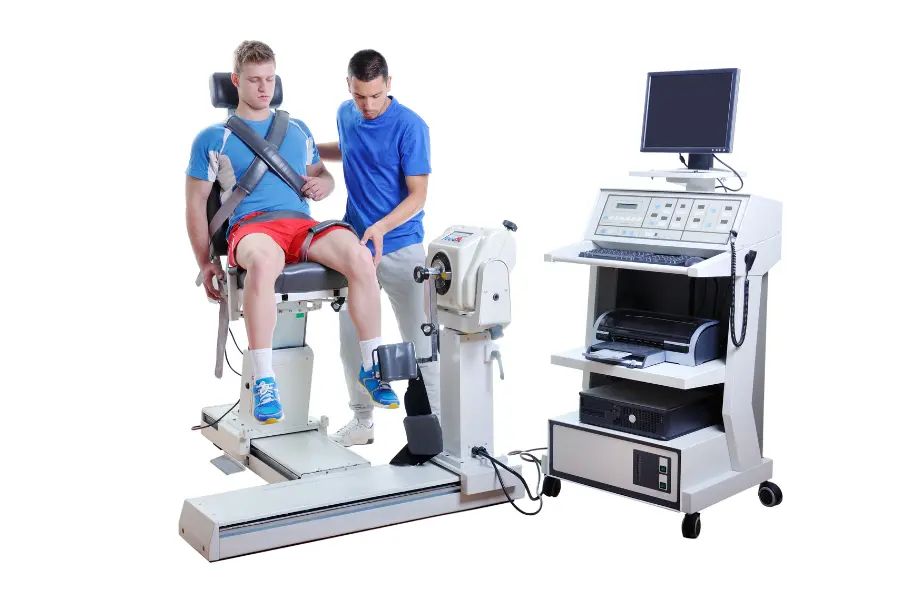
Why strength training intensity matters for cyclists:
The physical quality most important to cyclists is aerobic endurance, but even this is underpinned by muscular strength. Strength is especially important during sprinting and hill climbs, but is also crucial in enhancing your sustained and functional threshold power.
To build the strength needed for cycling, we need to create an appropriate overload, therefore it is essential to lift weights with sufficient intensity. This means using weights that are heavy enough to be challenging.
Without enough intensity, you will not create enough stress, you will not adapt, and you will not see the desired improvements in your performance.
The role of intensity in strength development:
Strength development occurs when your muscles are challenged beyond their current capacity.
This requires lifting weights that are heavy enough to cause muscle fibre damage, which in turn stimulates muscle growth and strength gains. However, it is important to note that this overload does not equate to soreness of any kind! The amount of Delayed Onset Muscle Soreness (DOMS) you experience after lifting weights has nothing to do with how effective the session was.
The amount of resistance used during strength training directly affects the level of intensity and the degree of muscle fibre damage, both of which are key factors in strength development.
The role of intensity in injury prevention:
Strength training is not only important for improving performance, but also for injury prevention.
By lifting weights with sufficient intensity, you can improve your muscle strength, endurance, and flexibility, which can help reduce the risk of injury. Proper programming should also identify and eliminate muscular imbalances.
Additionally, by progressively increasing the intensity of your sessions over time, you can continue to challenge your muscles and avoid hitting a plateau in your progress.
Types of strength training intensity:
Traditionally, strength training intensity refers to the amount of weight or resistance used during exercise, as well as the level of effort exerted.
By varying the intensity of strength training, individuals can achieve different outcomes, such as building strength, increasing power, or improving endurance. Here are some common types of strength training intensity:

Repetition Maximum
The repetition maximum (RM) is the most common method of measuring strength training intensity and is expressed as the heaviest load that can be lifted for that number of repetitions. For example, a 5RM is the heaviest load lifted for 5 repetitions, while a 1RM is the heaviest weight that can be lifted for a single rep.
For experienced lifters, their 1RM is a true expression of maximal strength intensity.
The RM method can be effectively used by coaches to vary the training intensities across a training phase or block:
- Maximal Effort Training – involves lifting the maximum amount of weight possible for a single repetition, usually for multiple sets. This type of training is useful for increasing absolute strength, but should only be done by experienced lifters under the supervision of a trained professional to prevent injury.
- Relative Intensity Training – This involves lifting a lower percentage of an individual’s one-rep max. This is a very common method used to ensure that individuals are lifting a weight that is appropriate for their strength level.
While this method of prescribing intensity is extremely common, it is not appropriate for novice and beginner lifters.
This is because they are yet to master consistent exercise technique, meaning each and every repetition is different. Additionally, beginners are able to progress so rapidly that calculations of training maximums are obsolete by the next week of training.
Rate of Perceived Exertion (RPE)
In my opinion, this is the best method for beginners or athletes returning from injury who are incapable of accurately gauging their weightlifting ability. Rate of perceived exertion (RPE) is a method of gauging the intensity of an exercise based on how difficult it feels.
Individuals rate their exertion on a scale from 1 to 10, with 1 being very light and 10 being maximum exertion.
This can also be a brilliant system to use, especially when in the competitive season or in heavier on-bike training phases. By lifting loads based on the subjective RPE, the actual weight may increase or decrease in response to your on-bike fatigue.
Reps in Reserve (RIR)
Another subjective method, similar to PRE; Reps in reserve (RIR) is a method of gauging intensity based on how many repetitions an individual has left in them before reaching failure. For example, if an individual performs 10 reps but feels they could have completed two more, their RIR would be 2.
This method is more advanced than RPE as lifters must have some understanding of training to failure, but is still useful for novice and lower intermediate lifters.
Velocity-based training (VBT)
Velocity-based training is a relatively new approach to strength training that uses advanced technology to measure the velocity of the bar during a lift.
This method allows lifters to monitor and adjust their training load based on the speed of the bar, which can be a more accurate indicator of their true strength and fatigue levels than traditional measures like percentage RM or RPE.
By tracking velocity, lifters can ensure they are training at the appropriate intensity and can make adjustments to their training program to optimise results.
Understanding the different types of strength training intensity can help individuals customise their training to achieve their specific physical outcomes.
The benefits of high-intensity strength training for cyclists:
When it comes to cycling, strength training can provide a number of benefits that can help cyclists improve their performance on the bike.
High-intensity strength training, in particular, has been shown to be especially effective for cyclists. In this section, I will explore the various benefits of high-intensity strength training for cyclists, including enhanced economy and pedalling efficiency, increased power and speed, improved endurance, and reduced risk of injury.
Enhanced economy and pedalling efficiency:
High-intensity strength training can improve cycling economy by increasing muscle efficiency and power. A recent study published in the Journal of Strength and Conditioning Research found that high-intensity strength training improved cycling economy by up to 4.8% work efficiency by 4.7%, and time to exhaustion at pre-intervention maximal aerobic power by 17.2% without increasing the body mass of the riders.
Increased power and speed:
High-intensity strength training can also improve peak power, sustained power and speed.
By increasing muscle fibre recruitment, cyclists can generate more power with each pedal stroke, resulting in faster speeds.
Improved endurance:
This is counterintuitive, but strength training can also improve endurance by increasing muscle strength and reducing muscle fatigue. This can help cyclists maintain a higher power output over longer periods of time.
Reduced risk of injury:
Finally, high-intensity strength training can also reduce the risk of injury by improving joint stability and reducing muscle imbalances. This can help cyclists avoid common overuse injuries such as knee pain and lower back pain.

Building a periodised program
Periodisation is a training technique that alternates between different phases to maximise performance gains while minimising the risk of overtraining and injury.
When incorporating intensity into a periodised program, there are several key strategies to consider.
Varying intensity throughout the program:
One of the most important aspects of a periodised program is varying the intensity of training sessions throughout the phase, block and even week.
Your program can include phases of high-intensity training, followed by periods of lower-intensity training to promote recovery and prevent injury.
There are many, many different ways of doing this, so have a read of this article to find out the best methods I use to minimise your fatigue and maximise your performances.

Combining strength training with cycling workouts:
Combining strength training with cycling workouts is a popular way to improve overall fitness and performance. The key is to ensure that each workout complements the other and doesn’t interfere with recovery.
One approach is to alternate days of cycling and strength training, with rest days in between. During the strength training phase, fundamental movements that target the muscles relevant to cycling should be prioritised, such as squats and deadlifts.
Changing Intensity to boost recovery:
During periods of high-intensity training, the focus should be on exercises that challenge the muscles and promote growth.
However, during recovery periods, the emphasis should be on lower-intensity exercises that promote blood flow and help flush out metabolic waste products. This approach can help speed up recovery and reduce the risk of injury.
Overall, incorporating the right intensity level into your periodised program can be a powerful way to maximise performance gains while minimising the risk of overtraining and injury.
By varying the intensity of workouts, combining strength training with cycling training, and changing the intensity to boost recovery, you can optimise your training and achieve your cycling goals.
Conclusion
Understanding strength training intensity is essential for maximising your cycling performance.
By incorporating high-intensity strength training into your routine and using appropriate strategies to recover and prevent injury, you can take your cycling to the next level.
With the knowledge gained from this article, you’re on your way to becoming a stronger, faster, and more powerful cyclist.
